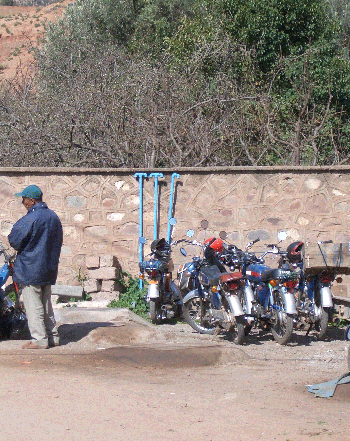Hazardous area classification
Alan worked with the CENELEC committee responsible for what became EN 60079 part 10, the base reference document in this field, and then for over 5 years worked with the Institute of Petroleum, now the Energy Institute as they updated their code IP15 in 2002 and 2005. This injected a degree of scientific rigour that was much lacking in earlier guidance. Alan was also the HSE contact point as the Institute of Gas Engineers and Managers developed their code on hazardous area classification, SR25. Alan also worked with the CENELEC committee which produced the hazardous area classification document for dusts, published as BS EN 61241-3. This has now been updated, and joined the 79 series of standards as BS EN 60079-10-2:2009.
At last it recognises that attempts to control ignition sources via area classification and the linked equipment standards is often insufficient to make your plant safe from a dust explosion.
Hazardous area classification will never be an exact science, but there is clearly a need to control ignition sources from places where vapours must be expected to be emitted. Below are the vents from underground tanks at a petrol station, but it would have been so easy to put them higher to help the vapour disperse, or provide a warning not to park so close

Hazardous area classification for dusts is not amenable to the sort of calculation used where gases and vapours are present, and may, consequently be seen as even more of a black art.
A dust cloud dense enough to generate an explosion is opaque, you cannot see far through it, and should exist outside the containment system only very locally and for brief periods.
What should we then say about places where dust layers form over days or weeks?
Analysis of dust explosion incidents shows that almost all start within the process. Ignition sources outside the containment system tend to produce fires not explosions. Many of these fires don’t progress far from the ignition source, even when layers are present.
So you may choose to zone large areas of buildings where dust layers form, but whether this is strictly required by the legislation is debatable. You will probably reduce the risk of fire, but don’t kid yourself that you will prevent many explosions.